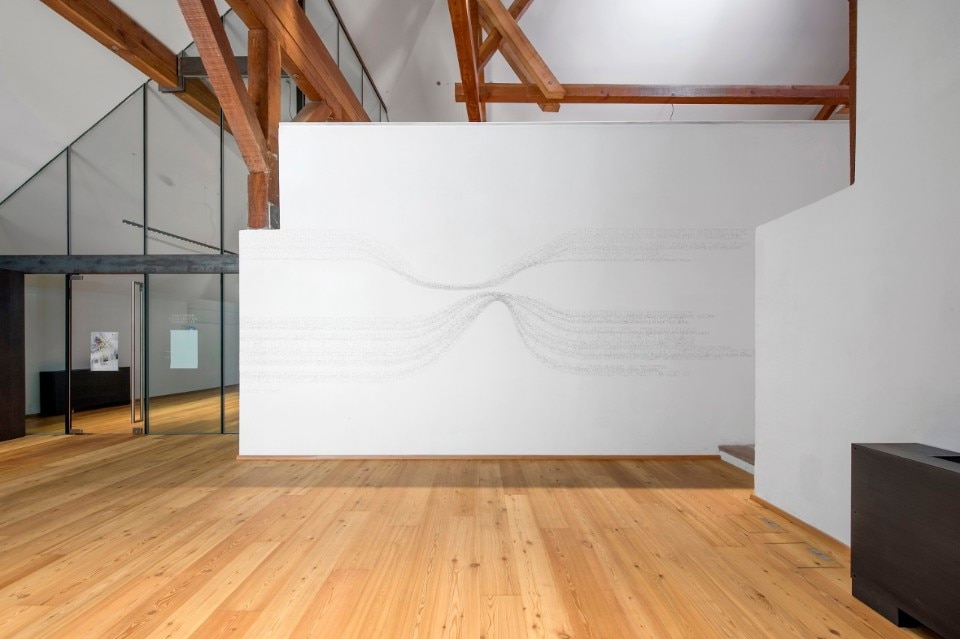The progress of architecture and design toward lower environmental impact is made up of both visible and, above all, invisible work. In the past few years, we’ve witnessed an all-round transformation of companies: it is a complex journey and there isn’t a single right path to follow, but a horizon of possibilities and a much-needed stratification of different yet complementary actions. Röfix's approach is a great example of this. Specializing in ready-to-use plasters, mortars, and thermal insulation systems, Röfix is an innovative company, always looking for new solutions and users for its products and services. The brand's efforts are reflected in the words of Benjamin Stecher, Marketing Manager at Röfix Itlay. Stecher tells us about their hard work from a sustainability perspective, starting with the company's vision and ending with their latest products.
“A couple of years ago, we’ve launched a new sustainability plan, which is more ambitious than what is required by European regulations or directives. Working to reduce our environmental impact with the utmost respect for nature is ingrained in our DNA, as well as in the DNA of the Fixit Group, which our company is part of. Our goal is always to be one step ahead, so that we can face the future today.” Röfix has developed a precise and thorough plan, with different measures to be applied across all areas. This plan encompasses not only economic and ecological sustainability but also social sustainability.

“We have concrete and measurable goals. For example, we want to reduce our carbon footprint by 50 percent by 2023 - the target threshold to aim for is 30 percent. To do this, we must take several measures: produce green energy at every plant - currently 5 out of 6 have a photovoltaic system -, reduce waste products, use an increasing percentage of recycled materials,” says the Marketing Manager at Röfix Italy. “We also try to obtain raw materials from nearby suppliers to reduce transportation distances, use recycled materials for our packaging, we incentivize the use of electric cars for our agents, by building new dedicated infrastructure among other things, and we have improved the energy efficiency of offices and plants.”
In addition to these actions, both large and small, Röfix has initiated efforts to improve communication and engage the entire environment in which it operates. “We aim to create a constructive dialogue with everyone involved, from suppliers to end users of our products. Alongside technical research, we also consider emotional and psychological factors. This led to our 'We Are' communication campaign, which we presented at Klimahouse, a leading international event focused on energy efficiency and responsible building.” Moreover, in January, Röfix held its first convention, bringing together the sales force to discuss the core values, vision, and mission that will guide the company into the future. The central theme of the event was unity, pride in belonging to Röfix, and the potential of the people involved in this journey.
However, at the core of the company's commitment lies its products, which hold significant social value in the field of sustainability. For instance, insulation is the key in mitigating greenhouse gas emissions from buildings. “As a prominent Italian developer and manufacturer of building materials, we are already contributing to making a tangible impact on CO2 reduction through our façade insulation systems. Moving forward, we are committed to furthering this potential and crafting tailored solutions to meet evolving needs.”
Moreover, an essential aspect of our work pertains to transparency regarding our products. Fixit Gruppe, and consequently Röfix, reports its carbon footprint of both our products and internal processes.

“We possess Lifecycle Analysis data for nearly 2000 currently active products, so we know exactly what their environmental impact is. We are able to work a lot on data also thanks to the great support of Fixit Gruppe. Our highly skilled research and development team continually focuses on product innovation and the introduction of new patents, offering cutting-edge systems that are exclusive to us.”
An example of an innovation proposed by Röfix is CalceClima Thermo, a plaster based on natural hydraulic lime and without organic light aggregates (EPS granulates). CalceClima Thermo is used both indoor and outdoors, particularly in mineral, monolithic, vapor-permeable thermal insulation in green buildings, old buildings redevelopment or historical restoration. Amont the key specifications there are vapor permeability, absence of problematic components as well as critical emissions, and optimal moisture absorption. Thanks to CalceClima Thermo and all products of the CalceClima Line, specifically designed for a healthy and sustainable living atmosphere, RÖFIX reaffirms its commitment to maintaining a harmonious relationship with natural materials.

“It’s an innovative, technical product designed for protected landmarks such as historical buildings, churches, monuments... where applying insulation panels is not an option. With minimal thickness, superior insulation values can be achieved compared to panels. If the building’s façade must remain intact or cannot be altered, the product can also be applied internally. While it caters to a ‘niche market,’ it is true that there aren’t many solutions in this field. And we need products like these to emphasize the significance of historical buildings and monuments,” concludes Benjamin Stecher.

